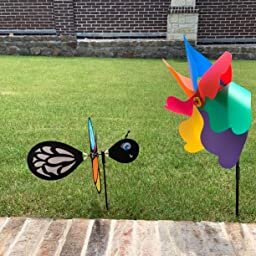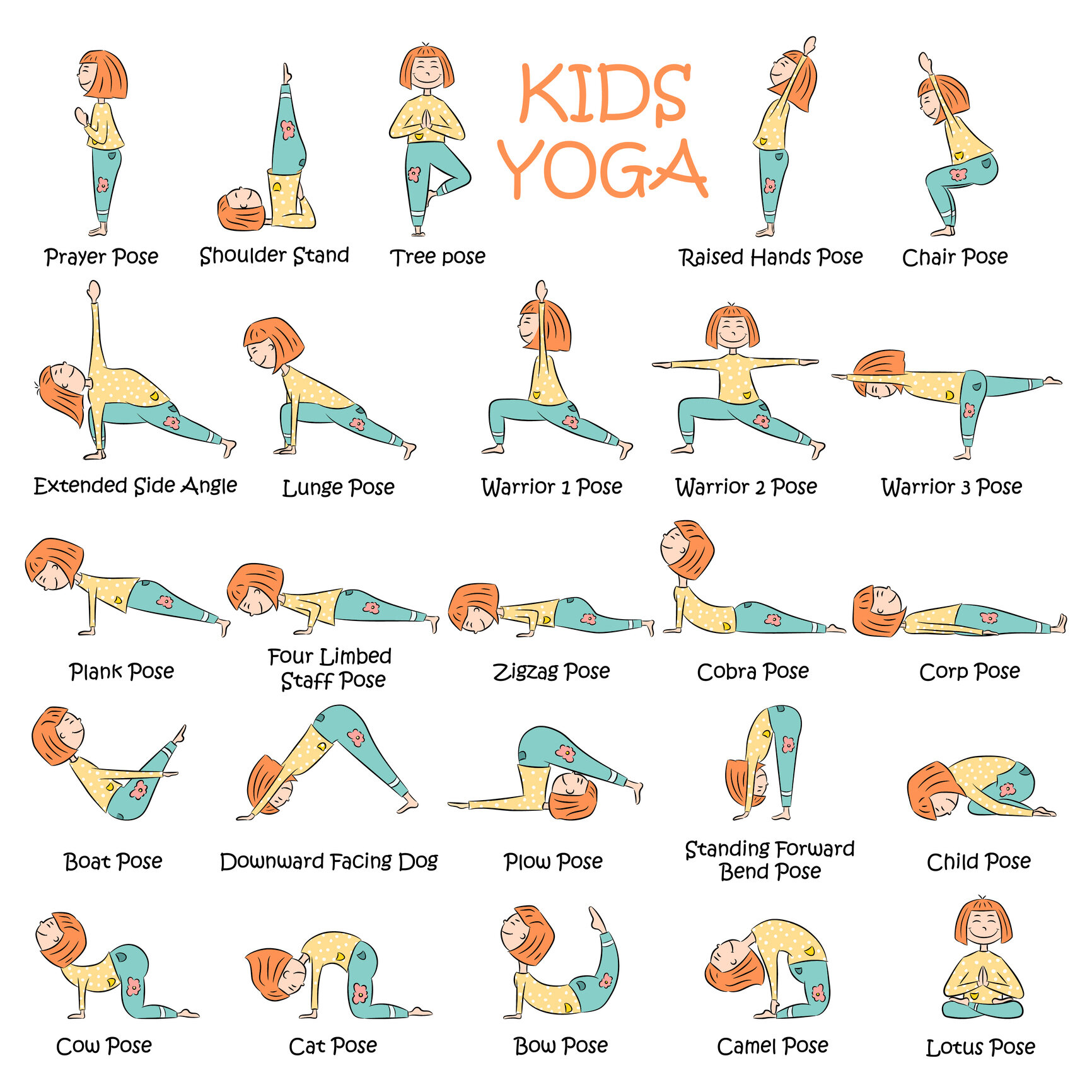ALL the Coping Strategies for Your Kiddos
I know that sometimes trying to calm an upset kiddo may feel like wrangling a tiger while doing a headstand. #tigerking
At least in some of my experiences, when kids get upset, it escalates from 0 to 100 real fast.
Have you found yourself wondering how the anger of a tortured poet can be crammed into a 4-year-old body? I mean, veins bulge out, screaming, sobbing, and a full-body shake. Science calls it the Fight or Flight mode. Others call it emotional brain hijacking, or my personal favorite when a 5-year-old kiddo once said, “my kooked-out brain.”
When in this state, asking them to calm down is like instructing them to speak Japanese.
We all experience a broad array of emotions and so do kiddos. As parents, guardians, and educators, we have an incredible role and responsibility in teaching them how to deal with their emotions in a healthy way. No one is born with the skills to manage and process emotions effectively. Some of us had to learn the hard way that there are destructive and constructive ways to manage emotions.
Parents and educators ask me:
How can I teach my child to control their anger?
What activities should we engage in to teach kiddos how to cope with emotions?
How do I deal with an irritable student?
Keep reading for a few coping skills that I work with, and I have found to be extremely helpful. I hope these will help you deal with less raging and more “Kumbaya” with your kids.
Deep diaphragmatic (not belly) breathing
I have to confess that I owe my sanity to deep breathing. When done thoughtfully and intentionally, it instantly neutralizes me. That’s the first step here - calming yourself down. Why? Because we all have these lovely things called mirror neurons, which mirror what we see. So, if your child is upset and sees you get upset in response, guess what they are going to do? Mirror your emotions and get more upset. Trust me, this strategy will work wonders for you, too.
Bear breathing: It’s where you breathe in for 4 seconds, hold the breath for 4-5 seconds, and breathe out for as long as possible. Young kids get a kick out of making a growling bear sound.
If they hyperventilate or get more upset at first, take heart; it happens. The biggest thing to encourage and focus on is the out-breath because that’s what calms. Short “in” breaths actually activate the part of the nervous system that we want to chill out.
Balloon breathing: Link your fingers on your head. Breathe in several times to fill your lungs as you raise your arms (fill the balloon). Then breathe out slowly as you drop your hands mimicking a deflating balloon.
Blowing candles: Raise 10 fingers and ask your kiddo to blow out the candles as slow as they can.
For kiddos who need a more visual aspect, try these:
Progressive muscle relaxation
This is the practice of tensing and loosening muscles in the body. It releases calming endorphins right into the bloodstream. You hold tight one part of the body for 5-10 seconds and then slowly release it. You can read more about it in our blog post. Try these:
The turtle: Pretend you are a turtle and try to pull your head into your shell. Then pull your shoulders up to your ears and push your head down into your shoulders. Hold it tight! (for 10 seconds). Okay, you can come out now. Feel your shoulders relax. How does that feel?
Toes in mud: Pretend that you are standing barefoot in a big, big muddy puddle. Squish your toes down deep into the mud. Try to get your feet down to the bottom of the muddy puddle. You’ll probably need your legs to help you push. Squish your toes down. Push your feet, hard! (Hold for 10 seconds). Okay, relax your feet, relax your legs, and relax your toes. Feeling more relaxed now?
Stress Ball: Try squeezing a stress ball with your hand and releasing it. - or - Toy Hug: Give a soft toy a tight hug and then relax.
Yoga
Yoga has always helped me to wind down. It’s that deep stretching that slows the prefrontal cortex (thinking brain) and relaxes the brainstem and limbic system (emotional brain).
Well, you can’t expect 3-year-olds (or 4, 5, and 6-year-olds) to sit still to go through an entire yoga flow or to be attentive while doing it. They are little busybodies - a ball of energy. Try to add just a few yoga poses to your daily routine. And, make them more fun by giving them animal names, theming the moves (ocean yoga, farm yoga, jungle yoga), or let them name the poses whatever they want.
The point is to do the stretch, not to make the pose perfect. We want them to enjoy this practice and not have it feel like yet another loss of control.
I have found that kiddos love the tree pose, downward dog, and the cobra. Don’t push them too much. Try another day if they are too tired or bored today. We’re always a work in progress!
Sensory-motor strategies
Do a sensory-related activity to help improve neural connectors that can be damaged from trauma or stress.
These are activities that engage the 5 senses (i.e. touch, smell, see, hear, and taste).
Tracing diagrams with rice, sand, or couscous is a great exercise for your preschoolers. You can engage them in heavy work, meaning anything they can pull, push, lift, or carry.
Make it more challenging with a small Olympics set up in your backyard. A trampoline, beam balance, modified javelin toss, obstacle course…the whole shebang.
Or, find a local class that gets their body moving. There are plenty of yoga, martial arts, or dance classes in most areas.
Resistance exercise
Physical activities help in burning energy fast. It is one of the most effective distractions for both adults and kids.
Go out for a run or run around a piece of furniture if you have to stay in.
Creating obstacle courses is fun, too!
Bounce on a ball, skip a rope, jump around, or ride a bike.
Go to YouTube and dance like there’s no tomorrow!
Remember, our kids can handle difficult situations. Their emotions don’t have to put the entire household in a frenzy. Instead of trying to calm them when they get upset, give them the tools they need to calm themselves. This way, even when we are out of the picture, they can handle the big emotions.
BUT, don’t forget these things need to be practiced just like any other skill. Remember, this practice needs to be done when the child is calm, and their emotional brain is neutralized.
Some situations might make you feel like losing it, but don’t turn into THE HULK just yet. Remember these coping strategies and have patience. Rome wasn’t built in a day.
If you feel like you don't have it, reach out to us or check out our coaching options. Those truly great at the things they do likely didn’t do it alone.
You’ve got it, my friend!
Questions? Need help? Reach out!
Email: hello@thebehaviorhub.com
Social media: @thebehaviorhub
Online school
Schedule a discovery call







